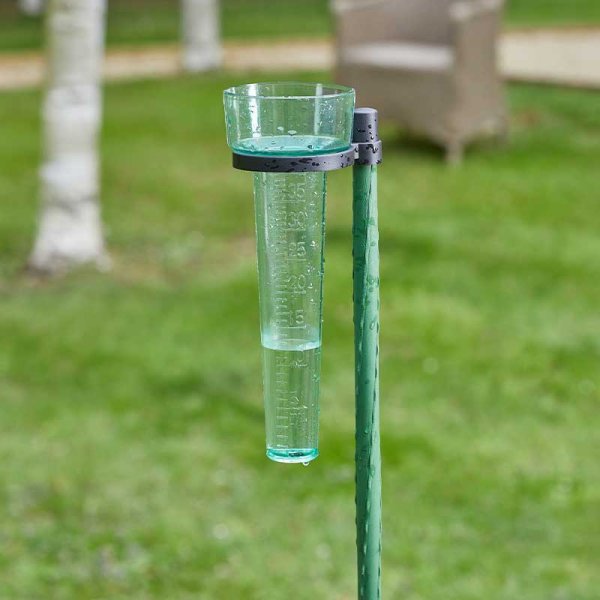Compare the Leading Rain Gauge Designs for Accurate and Regular Analyses
Compare the Leading Rain Gauge Designs for Accurate and Regular Analyses
Blog Article
Unveiling the Science Behind Rain Determines: Exactly How These Instruments Play a Vital Function in Environment Research Study and Ecological Monitoring
Rain gauges, apparently basic tools, hold a profound relevance in the realm of environment study and ecological monitoring. As we peel off back the layers of this scientific veil surrounding rainfall determines, we uncover a world where accuracy, data precision, and careful observation assemble to unveil a deeper understanding of our altering environment and its influence on the planet.
Value of Rain Gauges
Rain evaluates play a vital function in tracking and gauging precipitation levels, offering crucial information for environment study and analysis. These tools are fundamental in measuring the quantity of rains that happens in a particular area over a specific duration. By determining and collecting rainwater, rainfall assesses deal beneficial insights right into the distribution and intensity of precipitation, helping meteorologists, hydrologists, and climatologists in understanding weather condition patterns and fads.
One of the vital reasons that rain evaluates are essential is their capability to offer accurate and local data. Unlike satellite or radar-based measurements, which offer wider monitorings, rainfall assesses deal exact details particular to the place where they are placed. This local information is vital for different applications, including flooding forecasting, dry spell tracking, and water resource administration. Furthermore, lasting data accumulated from rainfall evaluates aids in examining environment change impacts and patterns, adding substantially to clinical research study and decision-making processes. Fundamentally, rainfall assesses function as crucial tools in the area of meteorology and environmental scientific research, playing a crucial duty beforehand our understanding of weather and environment dynamics.
Kinds Of Rain Scales

Functionality and Procedure
In the world of climate research and meteorological researches, the performance of rain evaluates lies in their intricate capability and specific functional mechanisms. Rain determines are made to precisely determine the amount of precipitation that tips over a certain area during a collection period. These gadgets normally consist of a funnel that accumulates rainwater and channels it into a gauging tube. The determining tube is marked with adjusted measurements that permit for the exact quantification of rains.
The capability of rain assesses is based upon the principle of gathering and measuring rain in a standardized fashion. This collected data is vital for comprehending neighborhood weather condition patterns, tracking lasting climate trends, and assessing environmental influences. To ensure precise dimensions, rainfall gauges requirement to be purposefully placed in open areas far from obstructions such as buildings or trees that could hinder the collection procedure.
The functional facet of rainfall evaluates includes normal upkeep to prevent debris accumulation, calibration checks to preserve dimension precision, and information tape-recording for evaluation (rain gauge). In general, the capability and procedure of rainfall gauges are necessary for collecting reliable precipitation data crucial to environment study and ecological tracking
Function in Climate Research Study
Provided the essential importance of exact precipitation dimensions in comprehending weather patterns and ecological impacts, the role of rain gauges in climate research is indispensable. Rain gauges provide important data for climate study by evaluating the quantity of precipitation that tips over a particular area during a provided period. This data is crucial image source for keeping track of long-lasting patterns in precipitation patterns, assessing the impact of climate change on rains distribution, and improving environment designs.

Climate scientists make use of information collected from rainfall evaluates to analyze variants in precipitation levels, recognize regional environment trends, and review the performance of water resource monitoring methods. By comparing historical rainfall information with existing measurements, researchers can detect changes in rainfall patterns, such as adjustments in the regularity or intensity of rainfall occasions. This information is crucial for comprehending how environment change is influencing rainfall dynamics and can help policymakers make notified choices relating to adjustment and mitigation methods.
Applications in Ecological Surveillance

In flooding projecting, rain gauge information aids to track rains strength and distribution, allowing authorities to release timely cautions and take needed steps to reduce flood threats (rain gauge). Dry spell surveillance relies upon rain gauge information to examine moisture levels in the soil and track rainfall shortages, aiding in the recognition of drought-prone locations and the application of drought response techniques
Moreover, rain scale information plays a vital function in water source management by offering details on water availability and use trends. Furthermore, in farming, rainfall scale data helps farmers in optimizing irrigation routines, plant option, and overall farm administration practices based on local rainfall patterns.
Verdict
Finally, rain gauges are vital tools for gauging precipitation, providing valuable data for climate study and ecological surveillance. With various types and functionalities, rain gauges play an important function in her comment is here comprehending rainfall patterns and their effect on the atmosphere. By precisely measuring rainfall, these tools Resources add to the improvement of scientific knowledge and aid in making educated decisions pertaining to water resource administration and calamity preparedness.
Rainfall determines play an essential function in monitoring and measuring rainfall levels, providing important data for environment research and evaluation. The common rainfall gauge, recognized as the "tipping container" scale, is one of the most typically made use of gadgets. Ultrasonic rain gauges use noise waves to spot the visibility of rain, offering real-time data on rainfall degrees.Climate scientists use information accumulated from rain determines to assess variations in rainfall levels, recognize regional environment trends, and review the efficiency of water source administration strategies.In final thought, rainfall assesses are necessary tools for determining rainfall, offering beneficial data for environment research study and ecological tracking.
Report this page